5 Best Pot Roast Seasoning Blends That Guarantee Flavorful Results Every Time
If you've ever wondered why restaurant pot roast tastes better than yours, the secret is in the seasoning. This guide reveals the 5 most effective pot roast seasoning blends tested by home cooks, with clear instructions anyone can follow. You'll learn exactly what spices to use, when to apply them, and how to avoid the 3 most common mistakes that ruin flavors. No culinary degree required - just practical advice that works.
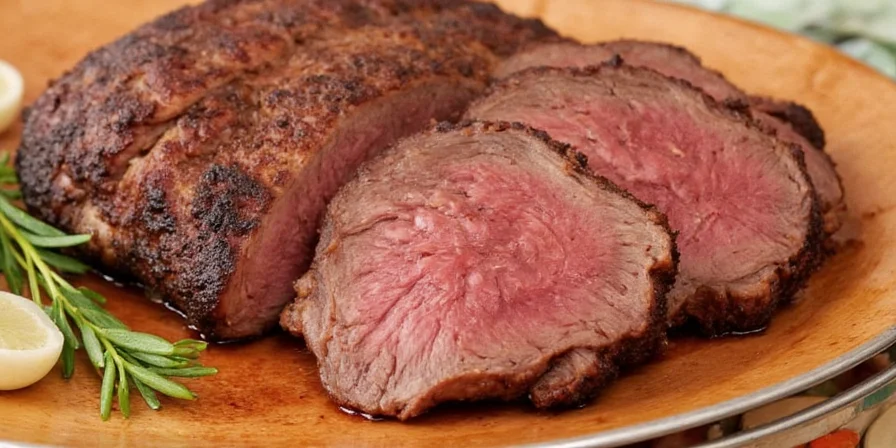
Table of Contents
- Essential Pot Roast Seasoning Basics
- 5 Proven Seasoning Blends (With Measurements)
- When & How to Apply Seasonings
- 3 Costly Mistakes to Avoid
- Why These Blends Work (Simple Explanation)
- Global Flavor Variations
- Essential Tools You Actually Need
- Vegan Pot Roast Seasoning Tips
- Frequently Asked Questions
Essential Pot Roast Seasoning Basics
Great pot roast starts with understanding how spices interact with meat during cooking. The most important principle: add delicate spices later in cooking to preserve their flavor. This simple reference shows when to add common ingredients for maximum impact:
| Spice/Herb | Best Added | Why It Matters |
|---|---|---|
| Rosemary | Beginning of cooking | Strong flavor holds up to long cooking |
| Thyme | Beginning of cooking | Flavor deepens over time |
| Black Pepper | Beginning of cooking | Loses potency if added late |
| Paprika | Last 30 minutes | Burns easily and turns bitter |
| Fresh Garlic | Last 20 minutes | Becomes bitter when overcooked |
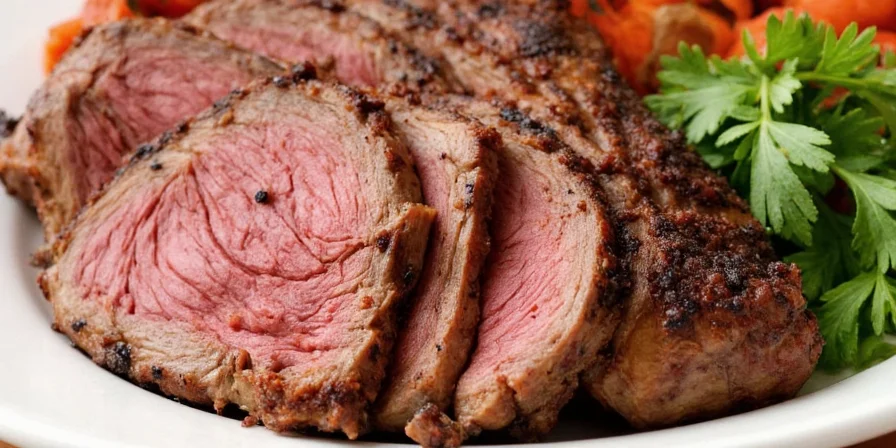
5 Proven Seasoning Blends (With Measurements)
These tested combinations work for 3-4 pound roasts. For best results, rub mixture under fat cap and on all sides 1 hour before cooking:
- The Classic Blend: 2 tbsp kosher salt, 1 tbsp black pepper, 1.5 tbsp paprika, 1 tbsp garlic powder, 1 tbsp onion powder, 1.5 tsp dried thyme, 1 tsp dried rosemary (crushed)
- Restaurant-Style Blend: 2 tbsp kosher salt, 1 tbsp freshly cracked pepper, 1 tbsp tomato paste, 2 tsp dried thyme, 1.5 tsp dried rosemary, 1 tsp smoked paprika, 2 minced garlic cloves
- Simple 5-Ingredient Blend: 2 tbsp kosher salt, 1.5 tbsp black pepper, 1 tbsp garlic powder, 1 tbsp onion powder, 1 tbsp celery salt
- French-Inspired Blend: 2 tbsp kosher salt, 1 tbsp black pepper, 1 tbsp dried thyme, 2 bay leaves (crushed), 3 garlic cloves (minced), 1/4 cup red wine
- Smoky Sweet Blend: 2 tbsp kosher salt, 1 tbsp smoked paprika, 2 tsp brown sugar, 1 tbsp garlic powder, 1 tsp chipotle powder, 1 tsp onion powder
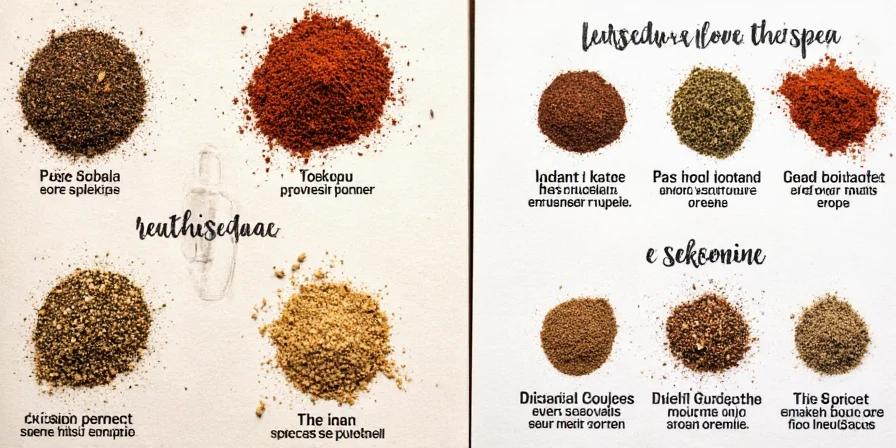
When & How to Apply Seasonings
Timing and technique matter more than most cooks realize. Follow these steps for maximum flavor absorption:
- Dry the Surface: Pat meat completely dry with paper towels before seasoning
- Salt First: Apply 1 tsp kosher salt per pound of meat 1 hour before cooking
- Oil Helps: Lightly coat meat with oil before applying dry spices for better adhesion
- Delicate Spices Last: Add paprika, fresh garlic, and fresh herbs during last 30 minutes
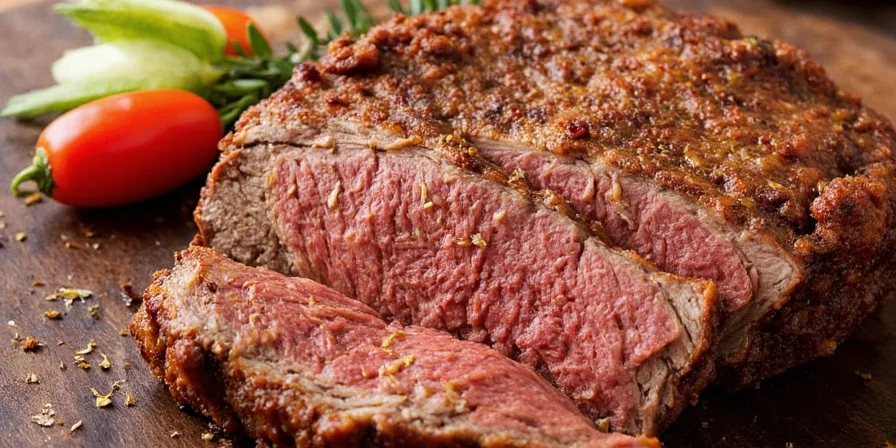
3 Costly Mistakes to Avoid
Avoid these common errors that ruin even the best seasoning blends:
- Wet Meat Syndrome: Seasoning won't stick properly to wet surfaces - always dry meat first
- Overcrowded Pot: Too much liquid dilutes flavors - use just enough to cover bottom of pot
- One-Size-Fits-All Approach: Different cuts need different seasoning amounts (chuck needs more than round)
Why These Blends Work (Simple Explanation)
Great pot roast seasoning works through three key principles:
- Flavor Layering: Strong herbs like rosemary and thyme provide base notes that develop during cooking
- Balanced Seasoning: Salt enhances other flavors while sugar balances acidity from tomatoes or wine
- Timing Matters: Delicate spices like paprika burn if added too early, while salt needs time to penetrate
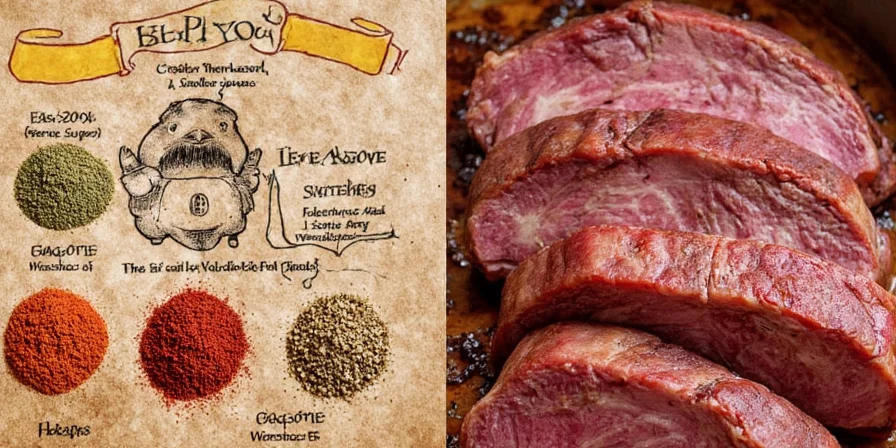
Global Flavor Variations
Adapt these international twists to your favorite pot roast recipe:
- French Style: Use thyme, bay leaves, and red wine with onions and carrots
- Mexican Style: Add 1 tsp cumin, 1/2 tsp oregano, and 1 chipotle pepper in adobo sauce
- Korean Style: Include 2 tbsp soy sauce, 1 tbsp sesame oil, and 3 tbsp Asian pear puree
- Italian Style: Use 2 tsp Italian seasoning, 1/4 cup tomato paste, and 1/2 cup balsamic vinegar
Essential Tools You Actually Need
You don't need special equipment for great pot roast seasoning:
- Measuring Spoons: For consistent seasoning amounts
- Meat Mallet: Optional for tenderizing and creating pockets for seasoning
- Cast Iron Dutch Oven: Retains heat evenly for better browning
- Instant-Read Thermometer: Ensures proper internal temperature (205°F for fork-tender)
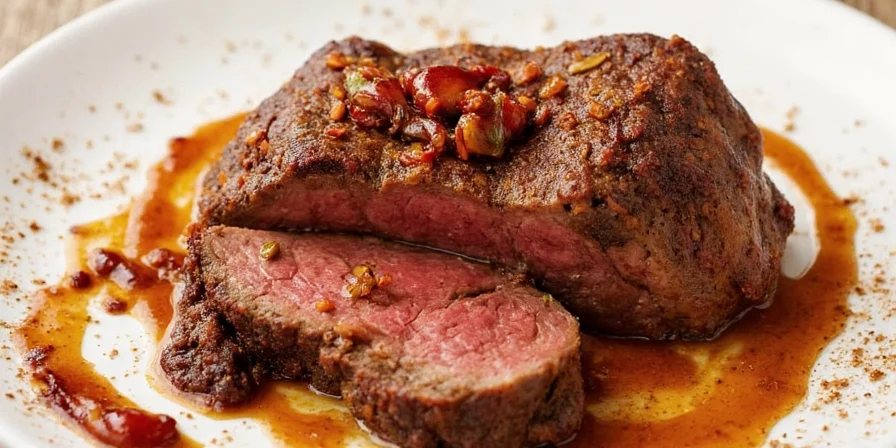
Vegan Pot Roast Seasoning Tips
Create rich, meaty flavors without animal products:
- Umami Boosters: Use 2 tbsp soy sauce/tamari, 1 tbsp nutritional yeast, and 1/4 cup mushrooms
- Meat Substitute: Seitan or jackfruit works best with classic seasoning blends
- Rich Liquid: Use vegetable broth with 1 tbsp tomato paste for depth
- Salt Timing: Add salt at end of cooking to prevent toughening plant proteins
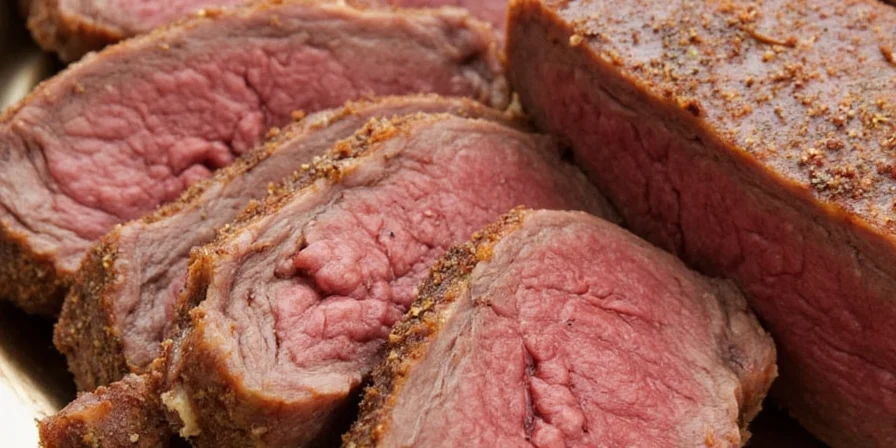
Conclusion: Building Your Perfect Pot Roast
Great pot roast seasoning doesn't require fancy ingredients or complicated techniques. Start with the Classic Blend proportions, ensure your meat is dry before seasoning, and remember to add delicate spices later in cooking. The most important factor? Don't skip the salt - it's the foundation that makes all other flavors shine. With these simple adjustments, you'll transform your pot roast from ordinary to extraordinary.
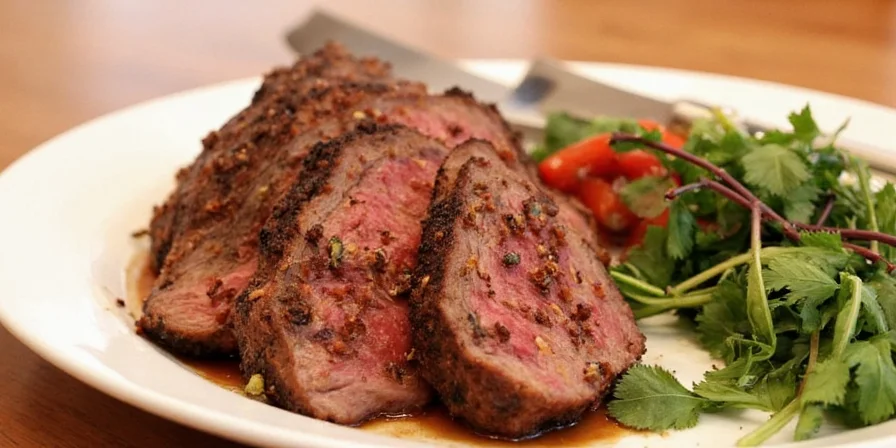
Frequently Asked Questions
What's the most important seasoning for pot roast?
Salt is absolutely essential - it enhances all other flavors and helps tenderize the meat. Use kosher salt at 1 teaspoon per pound of meat, applied 1 hour before cooking.
Should I use fresh or dried herbs for pot roast?
Dried herbs work better for long cooking times like pot roast. Use 1 teaspoon dried herbs for every tablespoon of fresh herbs a recipe calls for. Add dried herbs at the beginning and fresh herbs in the last 20 minutes.
Why does my pot roast taste bland even with seasoning?
Bland pot roast usually means you didn't use enough salt or the meat was wet when seasoned. Always dry the meat thoroughly with paper towels and use sufficient salt (at least 1 tsp per pound).
How much seasoning should I use for a 3-pound roast?
For a 3-pound roast, use about 2 tablespoons total seasoning blend. A good starting point is 1 tbsp salt, 1.5 tsp pepper, 1 tsp garlic powder, 1 tsp onion powder, 1.5 tsp paprika, and 1 tsp dried thyme.
Can I use this seasoning for other meats besides pot roast?
Absolutely! These blends work well for any slow-cooked beef, pork shoulder, or even chicken thighs. For poultry, reduce salt by 25% and add 1/2 tsp poultry seasoning.

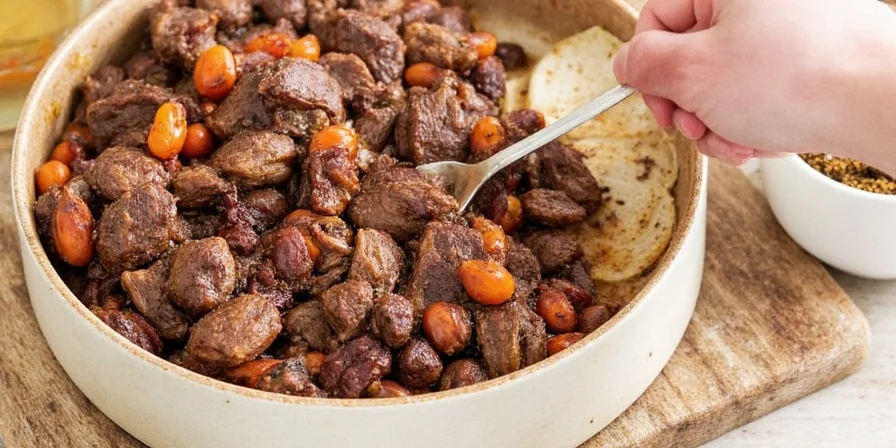









 浙公网安备
33010002000092号
浙公网安备
33010002000092号 浙B2-20120091-4
浙B2-20120091-4